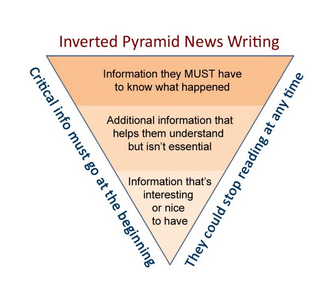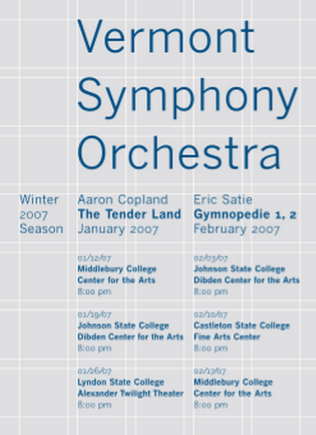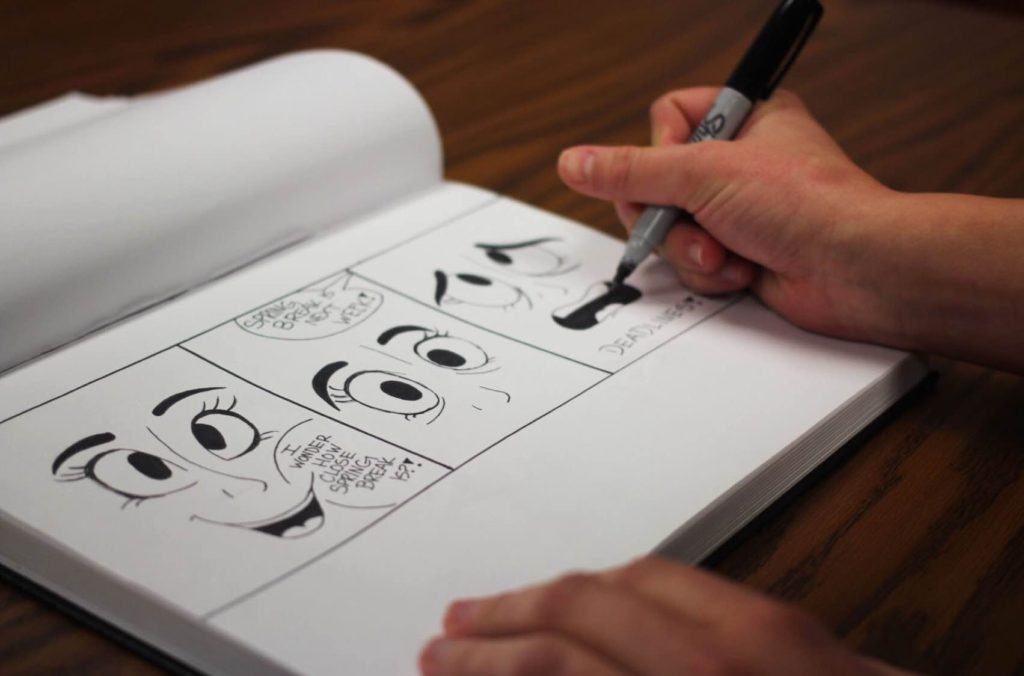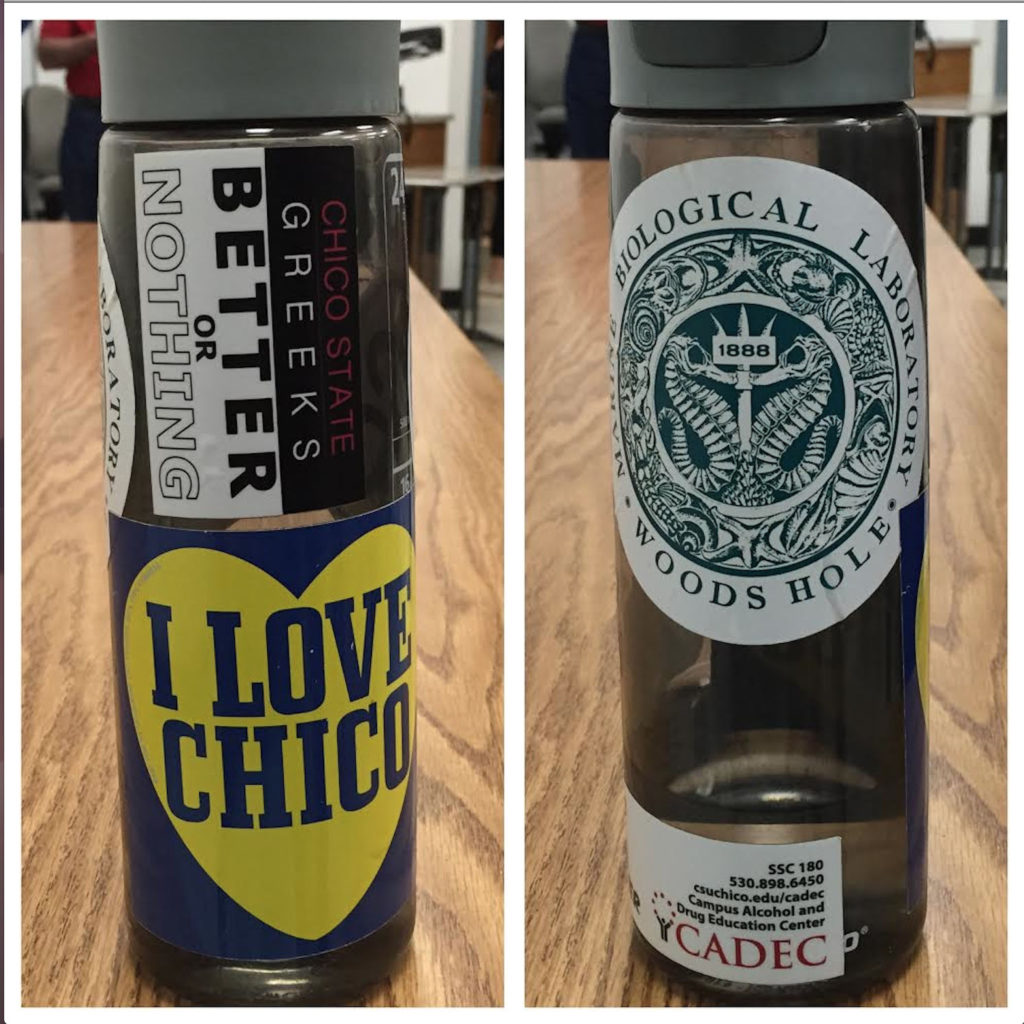When it comes to filming a video there are many things you must take into account if you want to make your video look professional. Below is a simple list of things to do and things not to do when shooting a video.
The most common mistake when filming a video on your cellphone is shooting the video vertical;the same way you would hold your phone when texting. Make sure to rotate the phone and have it aligned horizontal. This will create the correct aspect-ratio when filming.
Headroom: Make sure to never cut off a subject’s head with the camera space when filming but also make sure not to give too much space. Too much space causes the viewer of your film to feel uncomfortable or enclosed.
- Nose room: Nose room is similar to headroom but has to do with the horizontal space you have when filming. If your actor on screen is looking off the screen make sure not to have their face squished against the wall of screen. When they are looking give them lead-space to look off screen.
- Moving the camera: A common mistake when filming is to move the camera around a lot when filming a shot. Make sure to keep the camera steady and still to make one fluid movement for each shot you take.
- Tripod: To keep your shots and movements steady try to always use a tripod. This will allow your film to be less shaky and will make your audience less nauseous.
These are some simple techniques to help you on your way, but there are many more to learn as you want to feel more advanced with your techniques. Remember that these are basic rules. As you become more advanced, professionals will use the do not’s on purpose to break boundaries and change the rules. I recommend sticking to these basic rules if you are a beginner in film.
by Austen Schumacher, photographer and videographer

































